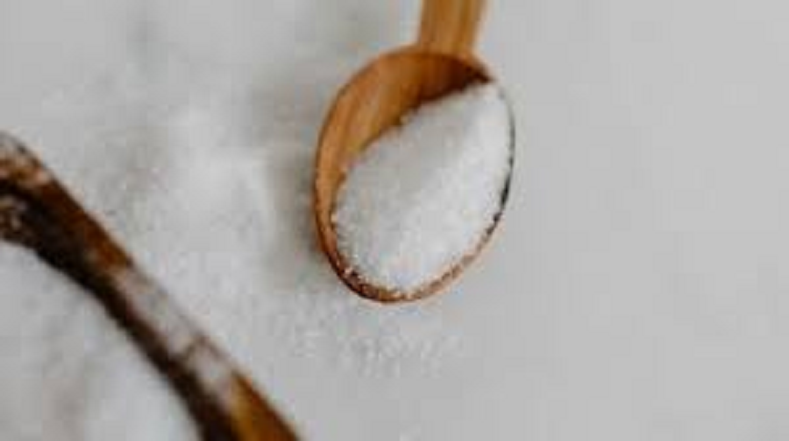
Salt is a part of our life; it has many benefits as well as many disadvantages. Let us tell you which is the most beneficial for us between pink salt and regular salt?

Salt is an essential part of our food. Whether it is to cook vegetables, to add to salad, or to enhance the taste of French fries, salt is used everywhere. But excess salt i.e., excess sodium, is harmful to health. Consuming too much sodium can increase blood pressure and increases the risk of heart disease. So is pink salt better than regular salt? Let's find out.
What is pink salt?
Pink salt is also known as Himalayan salt. This salt is extracted from mines near the Himalayas. Its pink colour is due to the minerals present in it such as iron oxide. According to nutritionist Haripriya N., this salt is not processed much, so it is considered more natural.
What is regular salt?
Regular salt or table salt is the most commonly used salt. It is made by processing, in which most of the minerals are removed. Anti-caking agents are also added to it. According to the CDC, one teaspoon of regular salt contains about 2400 mg of sodium, while the US FDA recommends taking less than 2300 mg of sodium daily.
Similarities between pink salt and regular salt
- Both are primarily composed of sodium chloride, with pink salt containing 84-98 per cent and regular salt containing 97-99 per cent.
- Both are used to enhance the taste of food and to preserve food.
- Excessive consumption of both can increase blood pressure and cause the risk of heart disease.
What is the difference?
- Source: Regular salt is made by processing sea water or land mines, whereas pink salt is obtained from salt mines near the Himalayas.
- Processing: Regular salt is more refined and has iodine added to it. Pink salt is natural and unrefined.
- Minerals: Pink salt contains more than 84 minerals, such as calcium, magnesium, potassium (information according to Foods Journal).
- Color and Texture: Regular salt is white and fine-grained, while pink salt is pink and usually coarse.
- Taste: Regular salt tastes more salty, while pink salt has a milder and mineral flavor.
- Health Benefits: Regular salt helps prevent iodine deficiency. Pink salt may help with hydration and electrolyte balance.
Which salt to take?
Both have their advantages and disadvantages. If you want iodine, then regular salt is fine. If you want natural minerals and a different taste, then you can take pink salt. But keep in mind, excessive consumption of any salt is harmful for health.



